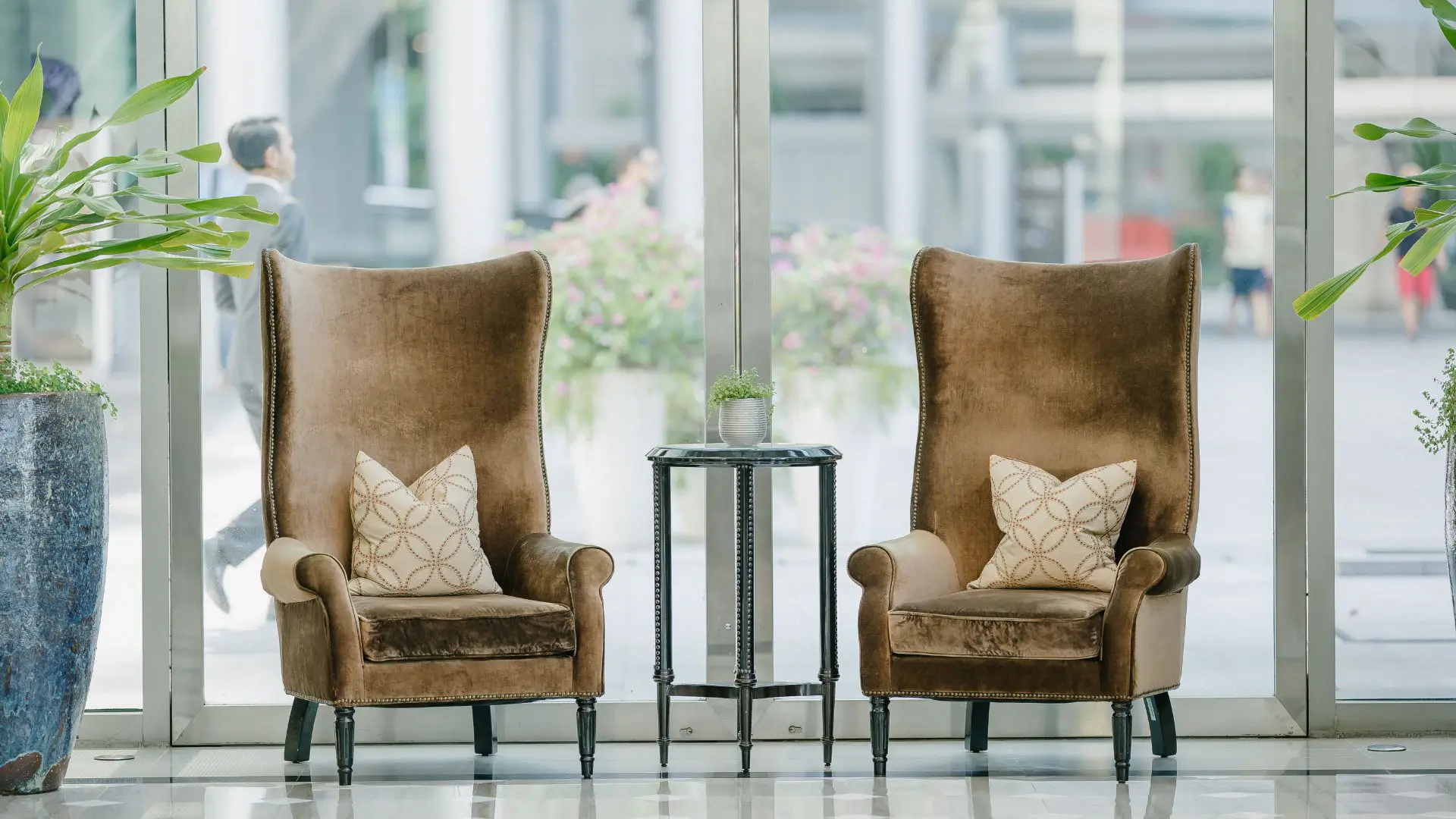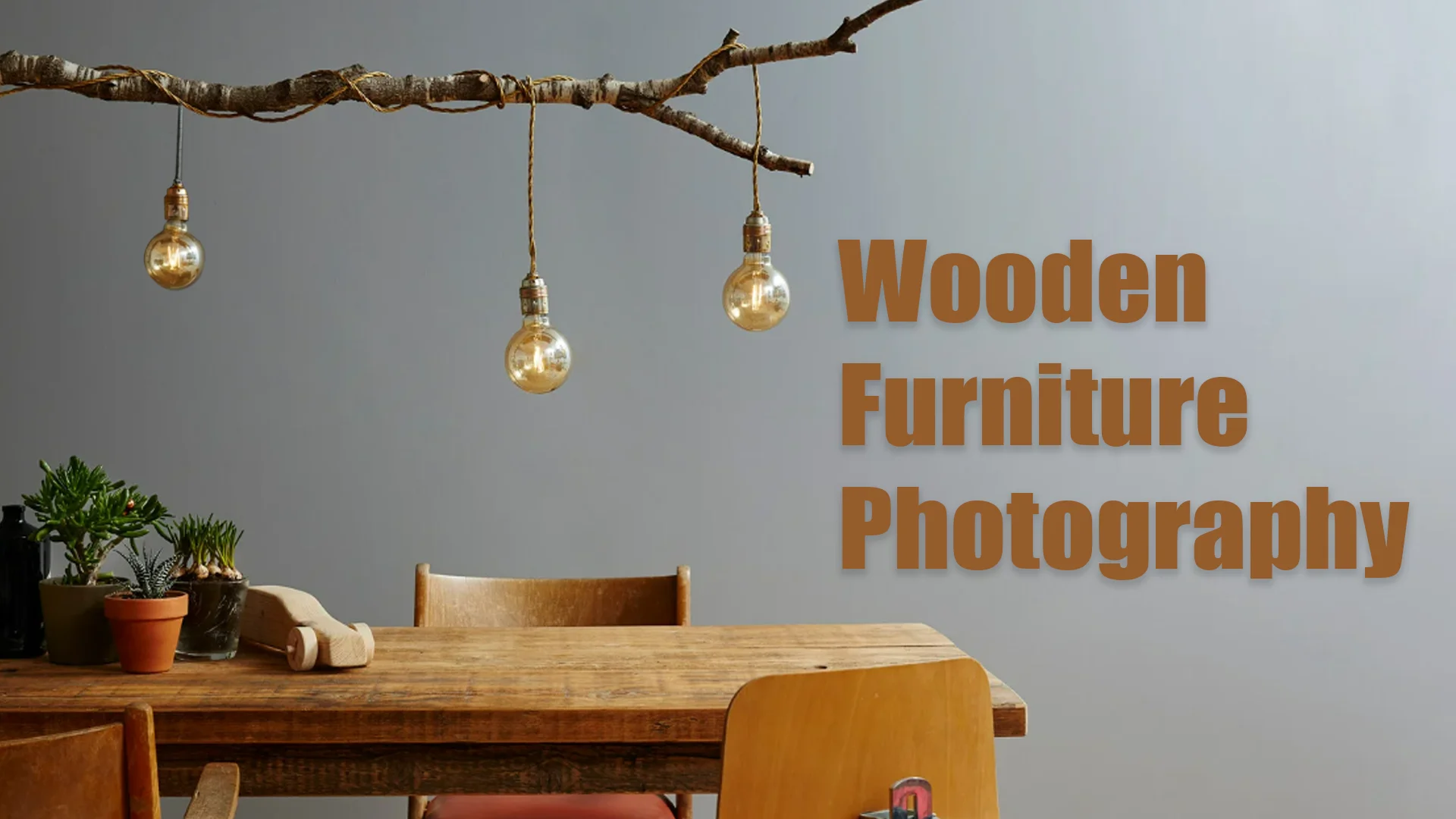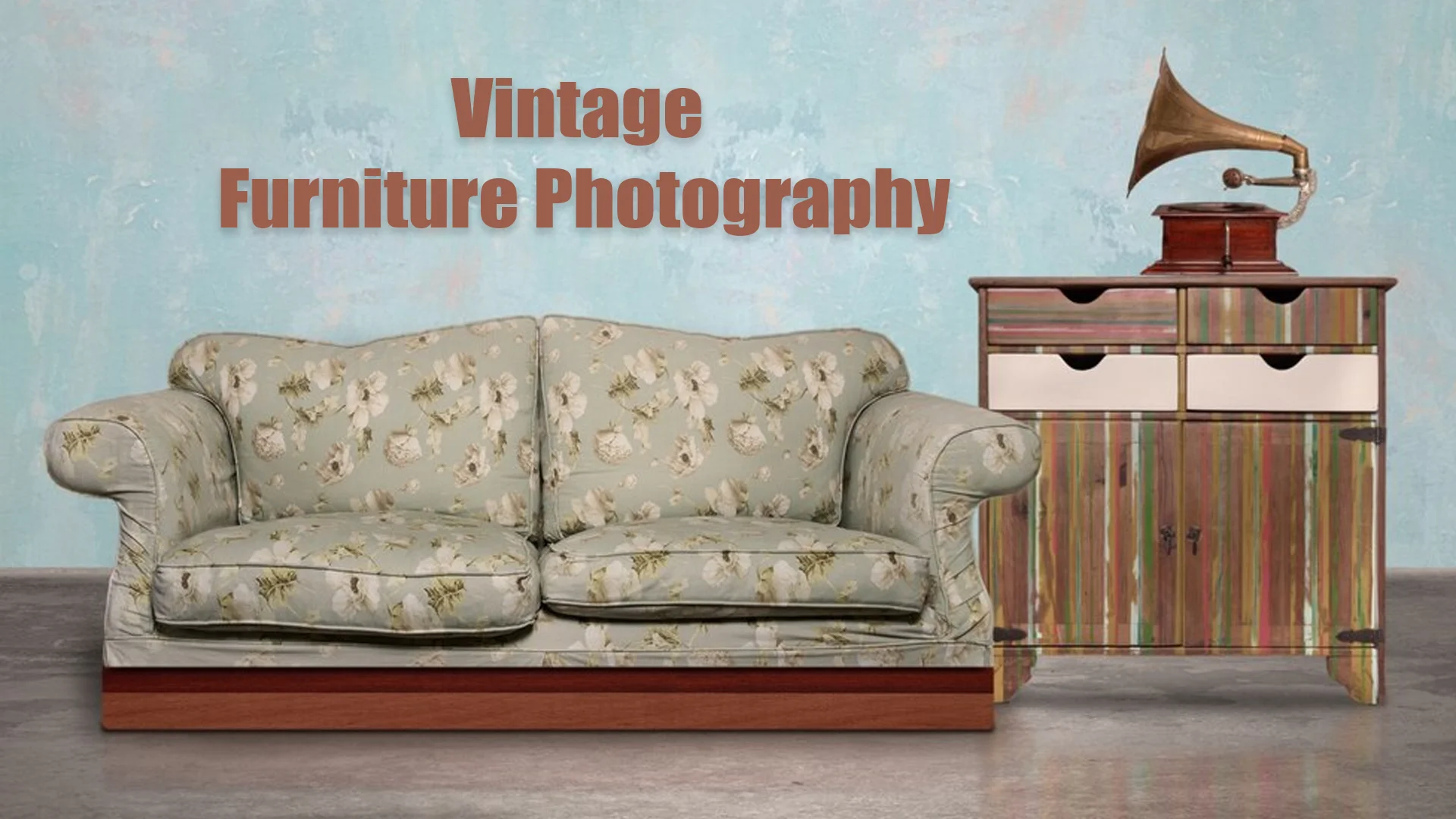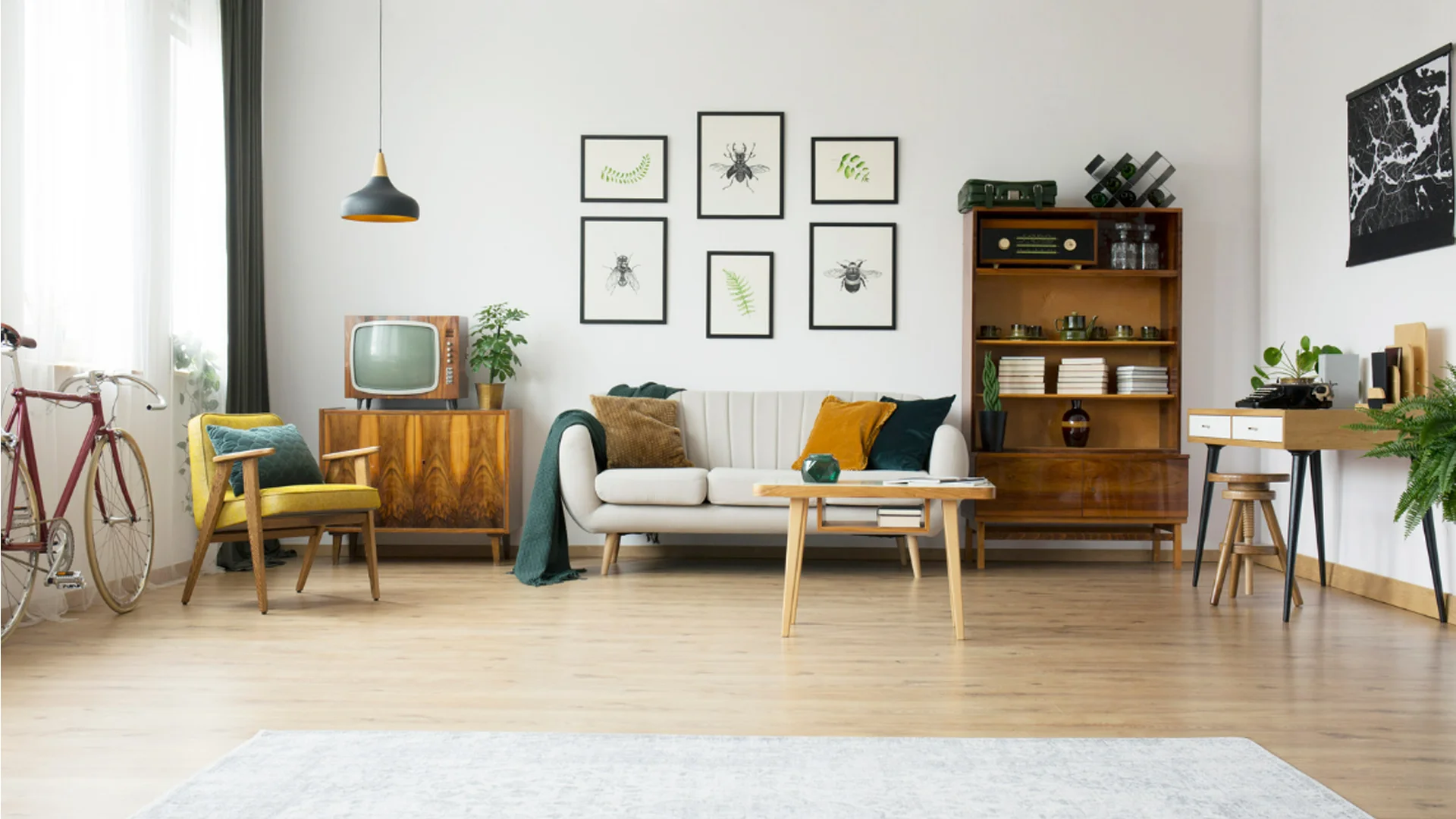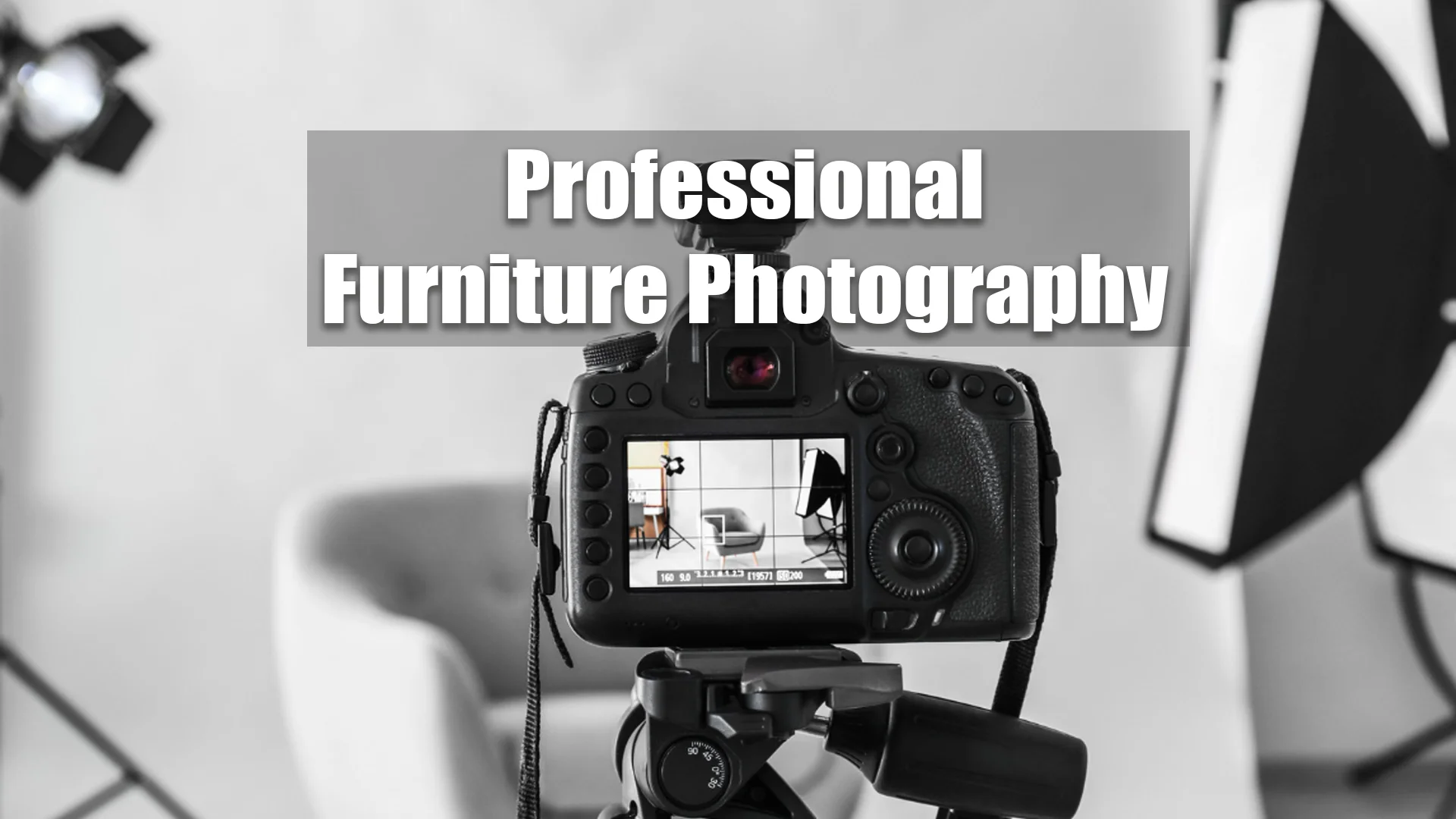Are you ready to take your furniture business to the next level with stunning photos that capture the essence of your products? A professional furniture photoshoot can make all the difference in showcasing the quality, style, and craftsmanship of your furniture. Whether you’re a furniture designer, retailer, or interior decorator, the right images are essential for attracting customers and building your brand. In this article, we’ll dive deep into the essential tips for a successful furniture photoshoot that will help you create striking and professional images that tell the perfect story.
Understanding the Importance of a Furniture Photoshoot
Before diving into the technicalities of a furniture photoshoot, it’s important to understand just why high-quality photography is so crucial. A furniture photoshoot is your chance to present your products in the best possible light. High-resolution images that highlight every detail of your furniture can increase customer trust and ultimately drive sales. In today’s digital world, a well-executed photoshoot can be the key to standing out among competitors and giving your potential clients the confidence to make a purchase.
Whether the photos will appear on your website, social media, or online stores, the way your furniture is photographed will have a significant impact on how it’s perceived. Properly lighting, styling, and capturing each piece of furniture will help you convey its features and aesthetic value effectively. A good furniture photoshoot will not only display the physical qualities of the piece but also evoke the feelings and lifestyle that the furniture represents.
Setting the Stage for Your Furniture Photoshoot
One of the first things you need to consider when preparing for a furniture photoshoot is your environment. The setting plays a massive role in how your furniture will be perceived. When you’re shooting furniture, especially for promotional or e-commerce purposes, choosing the right location is key.
To start, ensure the space is large enough to fit your furniture comfortably. Having adequate space will allow you to shoot from different angles and showcase the piece in various ways. A clean and uncluttered background is essential so that the furniture remains the focus of the shot. Choose a backdrop that complements the furniture, either neutral tones or light-colored walls, which can help the piece stand out more.
The right location doesn’t always have to be in a studio. If you’re shooting home-style furniture, capturing the piece in a staged room or natural setting can give potential buyers a better sense of how it might fit into their own home. For example, a comfortable couch in a cozy living room setting or a sleek dining table in a modern kitchen could resonate with your audience. However, even in such settings, make sure not to overcrowd the scene; simplicity is often the key to an effective furniture photoshoot.
Lighting Techniques for Furniture Photography
Lighting is one of the most crucial aspects of a professional furniture photoshoot. Without the right lighting, even the most well-designed furniture can look flat, unappealing, or unprofessional. Natural light is often the best choice for furniture photography, but it can be unpredictable, so you may need to supplement it with artificial lighting to create the desired effect.
Soft, diffused lighting is ideal for capturing furniture. Hard shadows can be distracting and make the piece appear harsh, while soft shadows will help highlight the smooth curves and textures of your furniture. To achieve soft lighting, consider using diffusers or softboxes. A large umbrella or softbox can help distribute the light evenly across the piece and eliminate any harsh spots.
Using multiple light sources is also important. A combination of key lights (the main light) and fill lights (to fill in shadows) will help balance the image and ensure no details are lost in the darkness. For added depth, you can experiment with backlighting or side lighting. Backlighting can create dramatic effects and emphasize the furniture’s shape, while side lighting can highlight textures and materials.
Choosing the Right Camera Equipment
Having the right camera and lenses is essential for a successful furniture photoshoot. While a professional DSLR camera is often preferred, modern smartphones with advanced camera capabilities can also do a great job if you’re on a budget or working with limited resources. However, a DSLR camera allows for more control over focus, exposure, and depth of field, giving you the flexibility to capture your furniture from various angles and perspectives.
The lens you choose is equally important. A wide-angle lens can help capture larger pieces of furniture in a tight space, but it may cause distortion at the edges. A standard 50mm lens or a macro lens for close-up shots can capture sharp details and minimize distortion. Keep in mind that while capturing the full piece is important, getting close-up shots of materials and textures (like the weave of a chair or the grain of a wood table) can add a level of professionalism and detail to your photoshoot.
If you’re planning to shoot in low light, consider using a tripod. A tripod helps avoid camera shake, ensuring crisp and clear images even in dim lighting conditions. Using a tripod will allow you to experiment with slower shutter speeds without sacrificing image quality, which is especially useful for long exposure shots.
Styling Your Furniture for the Photoshoot
Styling is an essential aspect of any furniture photoshoot. A well-styled piece of furniture tells a story and helps potential customers visualize it in their own homes. Start by cleaning and polishing your furniture to make sure it looks its best. Small details like dust or fingerprints can be visible in high-resolution shots, so cleanliness is a must.
Consider adding accessories to complement the furniture without overwhelming it. For example, throw pillows, rugs, or a few pieces of art can add dimension and warmth to the scene, making the furniture appear more inviting. However, be careful not to add too many accessories, as this can distract from the furniture itself. The goal is to create a balanced composition that highlights the furniture in a way that appeals to the viewer’s sense of style.
When photographing larger pieces like sofas or dining tables, consider using props that help communicate scale and function. A person sitting on the sofa or standing next to the table can help potential buyers gauge the size of the piece and visualize how it might fit into their own homes.
Editing and Post-Processing
After the photoshoot, post-processing is an important step in perfecting the images. While you should aim to get the best possible shot during the photoshoot itself, editing can help fine-tune your images and ensure they look professional. Basic adjustments like brightness, contrast, and saturation can enhance the colors and details of your furniture. Cropping and straightening images may also be necessary to ensure they have a polished, clean appearance.
One of the most important post-processing tasks for a furniture photoshoot is color correction. The color of the furniture may look different under various light conditions, and you want to make sure that the final image accurately represents the product. Be sure to check for any color shifts in the image and adjust the hue to match the actual color of the piece.
For online selling, it’s a good idea to resize your images to web-friendly dimensions. High-quality images are important, but you don’t want them to be so large that they slow down your website. Compressing the images without sacrificing too much quality will ensure they load quickly and look great on any device.
Conclusion
A professional furniture photoshoot can truly elevate the way your products are perceived. By investing in the right lighting, camera equipment, and styling, you’ll be able to capture stunning images that showcase your furniture in the best possible way. Whether you’re using these photos for your website, social media, or online store, high-quality images will help you attract customers and stand out in a competitive market. Follow these essential tips, and your next furniture photoshoot will leave a lasting impression on your audience.
Frequently Asked Questions (FAQs)
Why is lighting so important in a furniture photoshoot?
Lighting is one of the most crucial elements of a furniture photoshoot because it can dramatically change how your furniture appears. Proper lighting enhances the colors, textures, and overall appeal of the furniture, while poor lighting can cause shadows, overexposure, and loss of detail. Using soft, diffused light can help showcase the furniture in its best form.
What type of camera should I use for a furniture photoshoot?
A professional DSLR camera is ideal for a furniture photoshoot, as it allows for greater control over focus, exposure, and depth of field. However, modern smartphones with high-quality cameras can also work if you’re on a budget. The key is to use a camera that offers flexibility and produces high-resolution images.
How do I style furniture for a photoshoot?
Styling involves cleaning the furniture to make sure it looks its best, and then adding a few accessories like throw pillows, rugs, or lamps to complement the piece. Be careful not to overcrowd the scene—less is often more when it comes to styling furniture for photoshoots. The focus should remain on the furniture itself.
Should I shoot furniture in a studio or in a natural setting?
It depends on the style of furniture and your goal. If you’re selling minimalist or modern furniture, shooting in a clean, uncluttered studio can be ideal. For home-style or lifestyle furniture, shooting in a natural setting like a living room or dining area may appeal more to potential buyers.
How can I avoid distortion when photographing large pieces of furniture?
To avoid distortion, use a lens with a moderate focal length, such as a 50mm or 85mm lens. Wide-angle lenses may cause distortion, especially around the edges of the frame. Also, shoot from a straight-on angle to keep the proportions of the furniture accurate.
How do I ensure my furniture photos look professional online?
To make your furniture photos look professional online, focus on clean compositions, high-quality lighting, and minimal distractions in the background. Post-processing can help adjust colors and fix any imperfections. Additionally, make sure the images are properly resized for fast loading times on websites.
